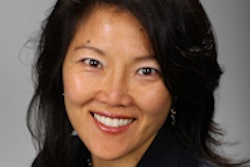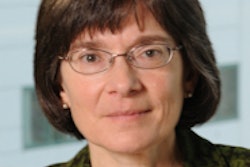Better access to healthcare may lead to the overuse of mammograms, particularly in women who have a limited life expectancy, according to a study published in the June issue of Medical Care.
Lead author Dr. Alai Tan, PhD, of the University of Texas Medical Branch at Galveston, and colleagues used Medicare data from 2006 through 2009 to assess claims filed by women whose life expectancy was less than seven years. The use of mammograms decreased as life expectancy diminished, but this general downward trend could be offset by better access to healthcare, they found.
The screening rate was about 20% for women with a life expectancy of less than six years who had seen a primary care physician two or fewer times during the three-year study period. However, among women who had seen a primary care physician 13 or more times during that period who had a life expectancy of less than four years, the rate was about 34%, according to Tan and colleagues.
The researchers also found that women with a limited life expectancy who lived in an area with greater access to mammography resources, more primary care physicians, and more mammography facilities and radiologists were more likely to be screened (Medical Care, June 2014, Vol. 52:6, pp. 490-495).
Mammography has been heavily promoted for about 25 years, and many patients have come to expect it as a routine procedure, according to the authors. However, life expectancy should be considered when deciding whether a mammogram is necessary.



















